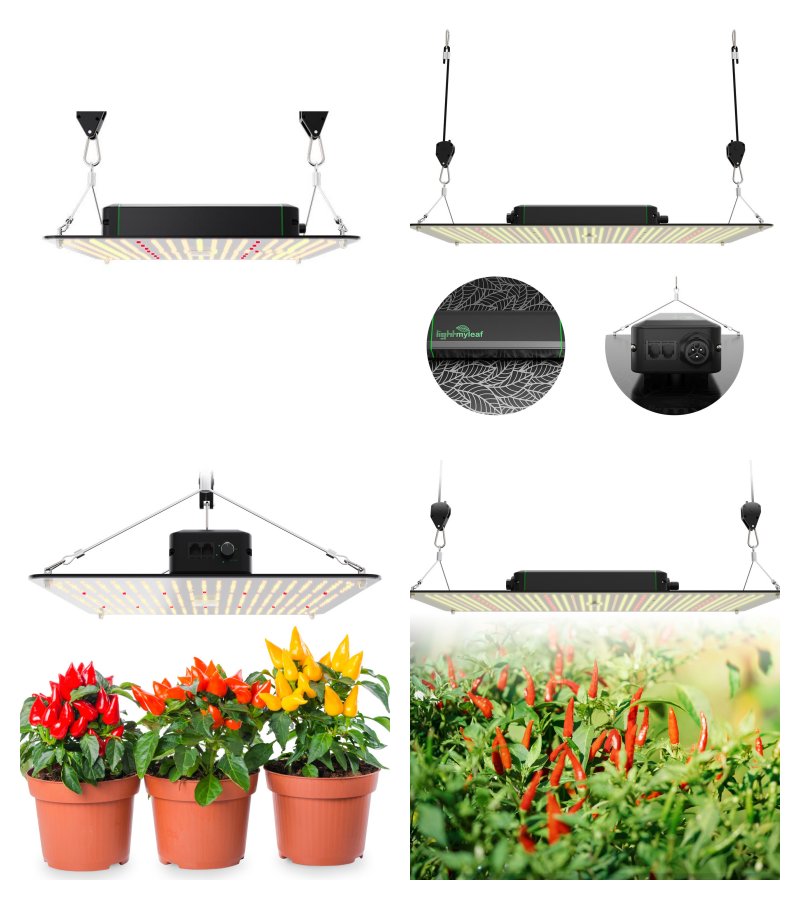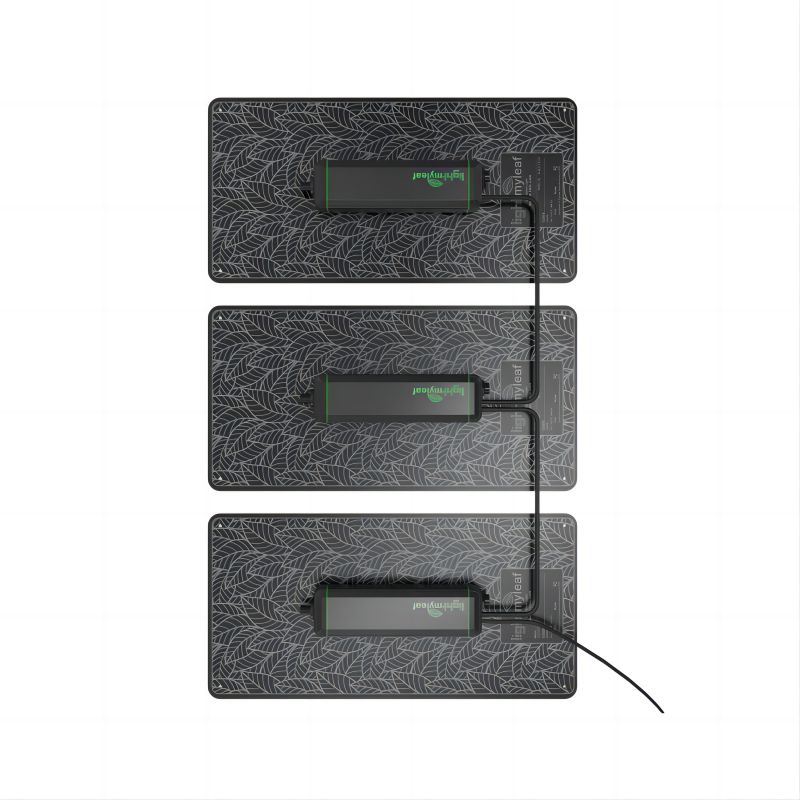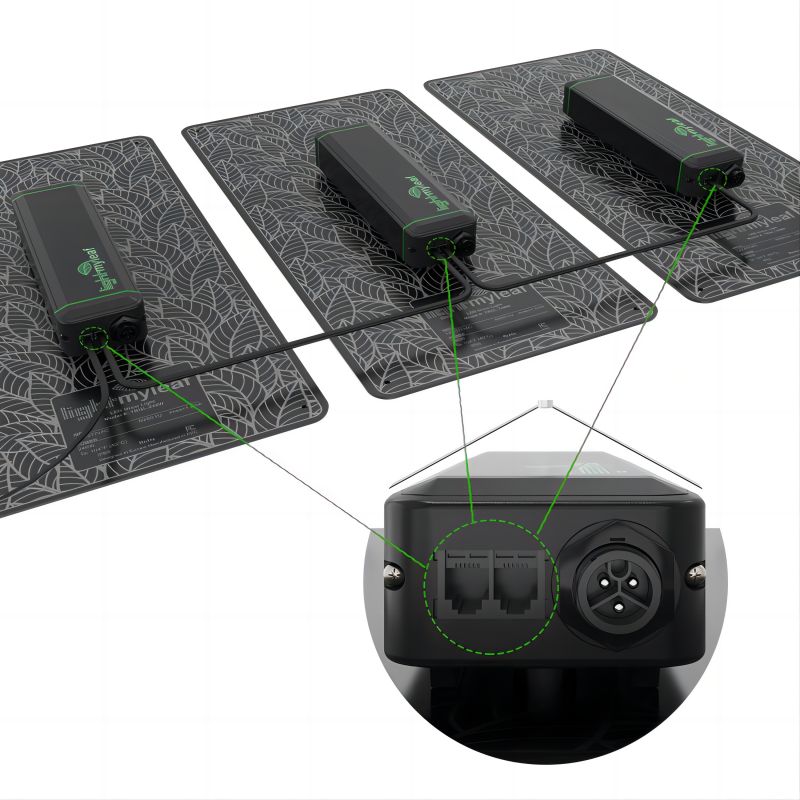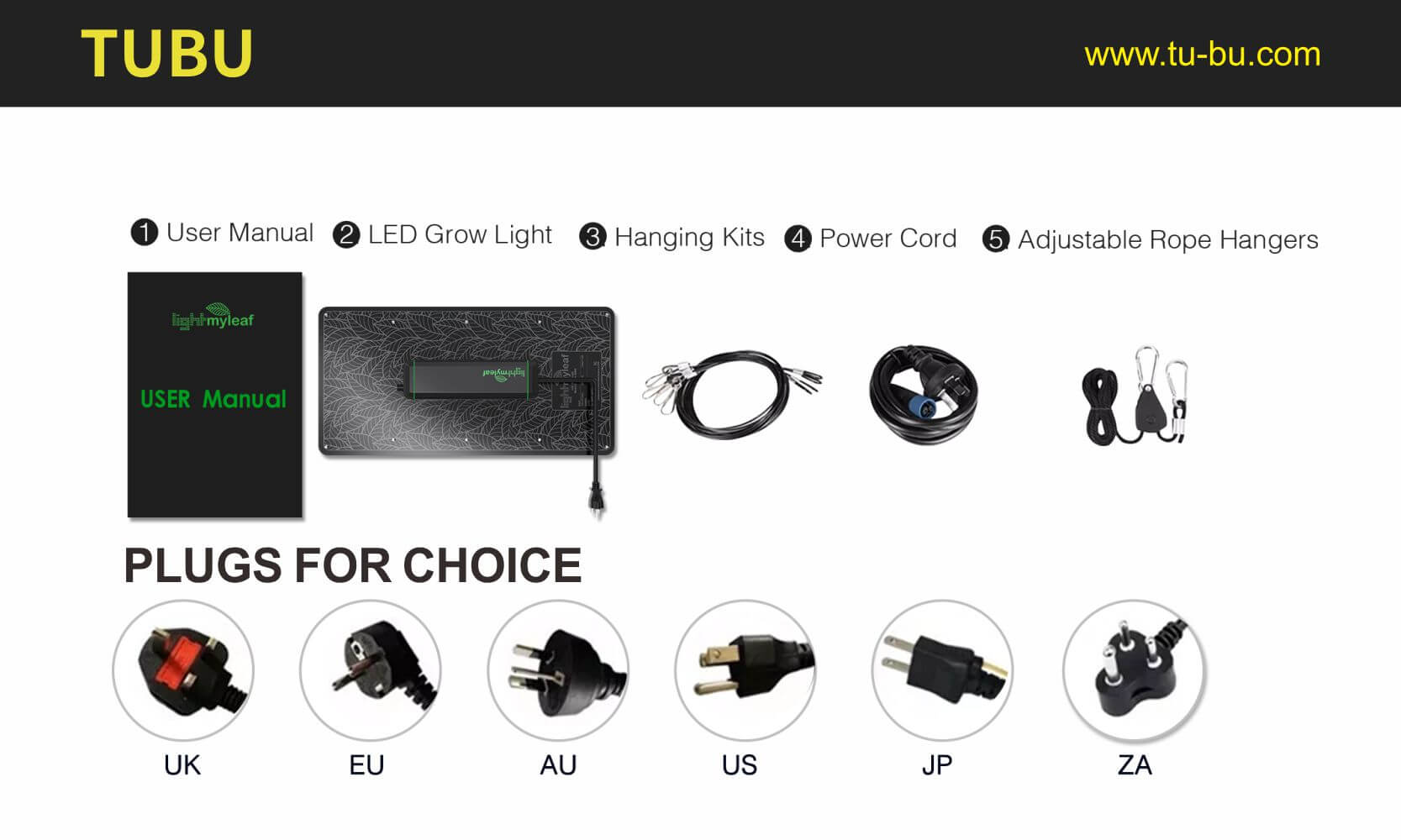As a supplier of TUBU LED grow light, we understand our OEM/ODM customers' extreme pursuit of performance, cost and differentiation. Customizing Quantum Boards is not simply a matter of adjusting parameters, but a precise game involving optics, thermals and engineering. In this article, we will reveal 5 key parameters that determine the success or failure of customization, and help you precisely control the competitiveness of your product.
Optical Efficiency - The “soul Parameter” of Customized Quantum Boards
Optical Efficiency and Spectrum: The Differentiation of Customized Quantum Boards
Optical efficiency (PPF/W) directly determines the cost of energy consumption, while spectral formulations (e.g., full spectrum/red light enhancement) need to match the crop type. Spectral formulation (e.g., full spectrum/red light enhancement) needs to be matched to the type of crop (e.g., marijuana, vegetables).
Beam Angle & Uniformity: The Invisible Battleground for Customizing Quantum Boards
Narrow beam angles (60°) are suitable for vertical cultivation, while wide beam angles (120°) need to be paired with anti-glare designs.
Key action: When customizing Quantum Boards, ask your supplier for an IES light distribution curve simulation report.

Thermal Management - Lifetime Guarantee for Customized Quantum Boards
Thermal Structure: Engineering Bottom Line for Customized Quantum Boards
Aluminum substrate thickness (≥1.6mm) and thermal conductivity gel coefficient (>3.0 W/m-K) are the basic thresholds.
Protection Levels: Environmental Adaptability of Customized Quantum Boards
Humid environments require IP65 waterproof design, and high dust scenarios require anti-static coatings.
Warning: Custom Quantum Boards that ignore thermal management will see failure rates soar by 300%.
Electrical Compatibility - Integration Pain Points for Customized Quantum Boards
Driver Power Supply: The “nerve Center” of Customized Quantum Board
constant current driver (recommended PF>0.95) and dimming interface (0-10V/DALI) need to be confirmed in advance.
Case: A customer did not specify the PWM dimming frequency, resulting in a conflict between the customized Quantum Board and the control system.
Voltage Range: The Customized Quantum Board Is Globally Adapted
wide-voltage design (90-305VAC) can cover 80% of national grid standards.
Size and Modularity - The Industrial Aesthetics of Customized Quantum Boards
Space Utilization: Compact Design of Customized Quantum Boards
With SMD placement technology, the size of Customized Quantum Boards can be reduced to 60% of conventional products.
Trend: Magnetic modular design supports customers to quickly iterate on custom Quantum Board layouts.
Mounting Interfaces: Engineering Convenience for Customized Quantum Boards
Pre-positioned U-bracket holes with airline plugs reduce field deployment time by 30%.

Quantum Board Grow Light

Quantum Board Grow Light
Certifications and Compliance - The Market Pass for Customized Quantum Boards
Safety Certifications: Bottom Line Requirements for Customized Quantum Boards
Certifications: UL/ETL (North America), CE/RoHS (EU).
EMC: The Invisible Threshold for Customized Quantum Boards
FCC Part 15/EN 55015 standards require professional darkroom testing or risk of product recall.
The Ultimate Rule of Customized Quantum Board
Successful customized Quantum Board projects need to form a closed loop in five dimensions: Optical, Thermal, Electrical, Structural and Compliance. TUBU suggests customers to adopt the “Parameter List + DFM (Design for Manufacturing)” dual-track model to avoid falling into the “over-performance”. TUBU recommends customers to adopt the “Parameter List + DFM (Design for Manufacturability)” dual-track parallel model to avoid falling into the trap of “over-performance” or “hidden cost”.

If you have a large demand for customized Quantum Boards, please feel free to contact the TUBU team!
